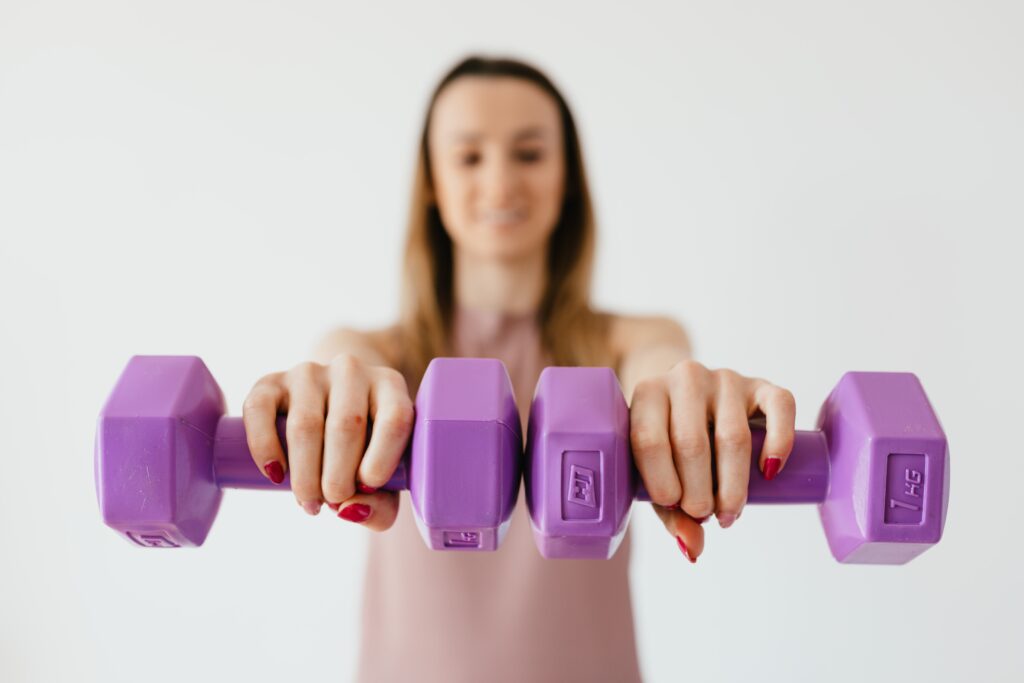For most of my life, I never really understood how to work out or how to construct a proper workout plan. Some people play sports and are taught by coaches. Some people learn from what they see on social media. Some people have the will and discipline to dive straight into the fitness world without knowing what they’re doing (I commend those of you who are brave enough to admit that).
Instead of copying workouts you see in Instagram captions or blindly following YouTube videos, this article will give you a foundational understanding of how to program a workout plan for yourself.
The OPT: The Optimum Performance Training Model
Before I got my personal trainer certification, I learned about the OPT model and started using it with my clients immediately. The OPT model breaks down training into five phases, each with its own purpose, milestones, and details.
Phase 1: Stabilization Endurance
The first phase is appropriate for everyone, regardless of fitness level. The stabilization phase focuses on balance, core, and endurance work. Exercises are performed in the 12-20 rep range at a slow pace. Sets range from 1-4.
This phase is a great way to build a foundation for strength and power training, and it can also help to improve cardiovascular health.
Phase 2: Strength Endurance
This phase is similar to the stabilization endurance phase, but the rep range is slightly lower (8-20 reps) and the weight is increased. The goal of this phase is to continue building on the stabilization foundation and to start building strength.
Rest times in phases 1 and 2 range from 30 seconds to 2 minutes. If you’re new to the gym, try doing a strength endurance circuit workout with machines. For example, a quick strength endurance workout could look like this:
- Shoulder press: 15 reps
- Lat pulldowns: 15 reps
- Leg press: 15 reps
Repeat for 3 rounds, resting for 60 seconds between each round.
Phase 3: Muscular Development
Phase 3 is where you’ll start to see some noticeable changes in your body composition. This phase focuses on muscle hypertrophy (muscle growth). Sets are reduced to 3-6, reps are increased to 6-12, and rest times are increased to 2-3 minutes.
By this point, you’ve built enough endurance and strength to ask more of your body. Endurance training and muscle development are a great combination for fat reduction, because muscle burns more calories per pound than fat.
Phase 4/5: Maximal Strength and Power
The last two phases of the OPT model are similar in nature. They both aim to maximize the output of the muscles you’ve worked so hard to build.
These phases are typically reserved for Olympic lifters or other athletes who want to become exponentially stronger. Exercises include bench press, squats, deadlifts, and hip thrusts. Sets are reduced to 4-6, reps are reduced to 2-4, and rest times are increased to 3-5 minutes.
Putting It All Together
Which phase of the OPT model is right for you depends on your goals. If you want to reduce fat, focus on phases 1-3. If you want to build a foundation for major lifts, start in phase 3 and work your way up to phases 4 and 5. If you’re interested in bodybuilding, stay in phase 3 and add some cardio.
Once you understand the basics and figure out your goals, you can use the OPT model to create a workout plan that will help you achieve them. My best advice is to be patient, listen to your body, and have fun!

